
Learn about Eagle Eye Innovations and the people at the heart of the organisation.

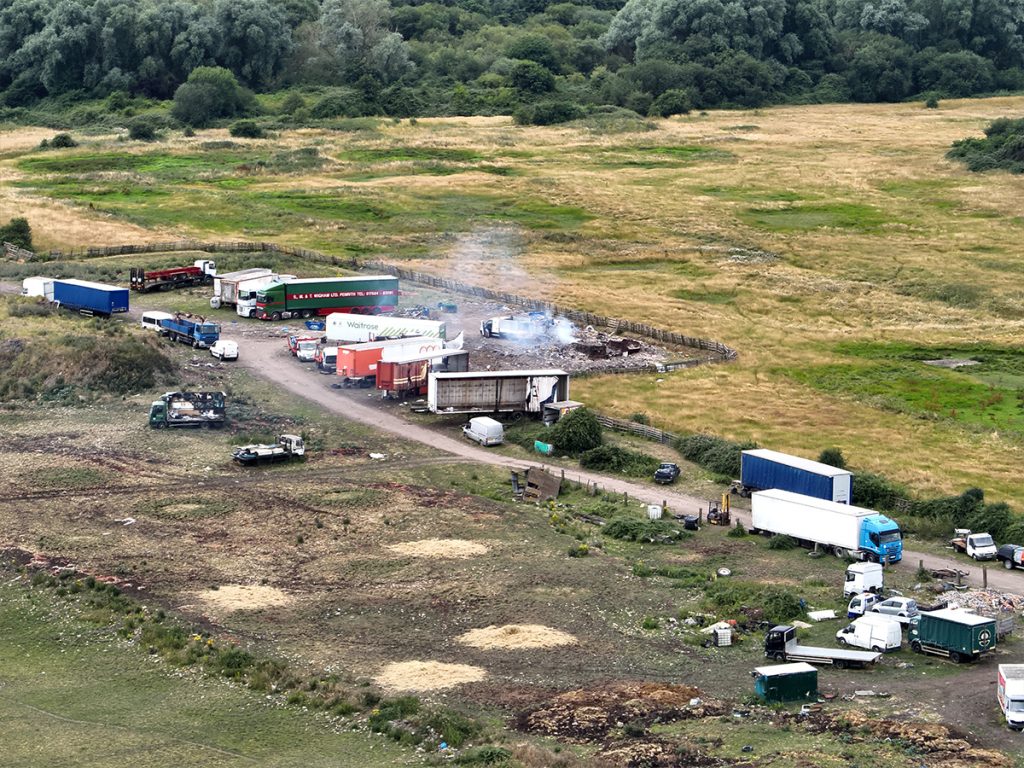
Eagle Eye Innovations (EEI) recently supported the UK Environment Agency by providing a capability demonstration using cutting-edge RPAS (Remotely Piloted Aircraft Systems) technology during an enforcement operation, reinforcing the Environment Agency’s commitment to protect the environment and ensure compliance with local environmental regulations. This ground-breaking initiative demonstrated the transformative capabilities of RPAS technology in enhancing enforcement efforts, safeguarding the nation’s natural resources, and in improving processes within the UK Environment Agency and their ability to respond swiftly to environmental challenges.
Over the course of the demonstration, the EEI RPAS team, equipped with state-of-the-art surveillance and monitoring systems, played a pivotal role in identifying and documenting potential environmental infringements. With their ability to access remote and challenging areas, the RPAS team captured high-resolution imagery and collected real-time data, enabling the UK Environment Agency to assess compliance with environmental legislation quickly and efficiently through comprehensive aerial surveys of hard-to-reach locations. The drone operators flew at varying altitudes, collecting data on key environmental parameters.
“This enforcement operation marks a significant milestone for the UK Environment Agency and highlights their dedication to upholding environmental standards,” stated Ian Galloway MBE, EEI Drone Operator, “The integration of this technology can revolutionise their enforcement capabilities, providing them with a valuable tool to detect, monitor, and combat environmental violations more effectively.” The drone was operated by highly trained pilot, Matthew Williams, and environmental enforcement specialists, who were deployed to monitor activities that posed potential harm to the environment. The RPAS unit monitored a sensitive area, an industrial site, waterways, and agricultural land, capturing real-time evidence of potential breaches such as illegal waste disposal, and pollution incidents.
The utilisation of RPAS technology in the enforcement operation was live streamed to an Incident Response Room 45 Kilometres away whilst also conducting an evidence collection process, reducing the time and resources required for traditional on-site inspections. The collected data, including high-resolution imagery and geospatial information, will serve as crucial evidence in investigations and legal proceedings, ensuring robust enforcement action against those responsible for environmental violations.
Furthermore, the RPAS unit’s advanced surveillance capabilities allowed the Environment Agency to proactively identify emerging environmental risks. By swiftly detecting and responding to incidents of illegal waste dumping, the agency demonstrated its commitment to mitigating the impact on ecosystems, public health, and the overall environment.
In addition to its monitoring capabilities, RPAS technology also played a vital role in emergency response activities during the operation. The RPAS unit was utilised to identify and assess potential threats to the on-site EA Officers. This information was crucial in enabling the Environment Agency to deploy appropriate resources promptly and address any threat.
The successful implementation of RPAS technology in this enforcement operation underscores its potential to revolutionise environmental monitoring and enforcement practices. The Environment Agency remains committed to exploring further applications of this technology, continually enhancing its enforcement capabilities to safeguard the environment and ensure a sustainable future for all.
News
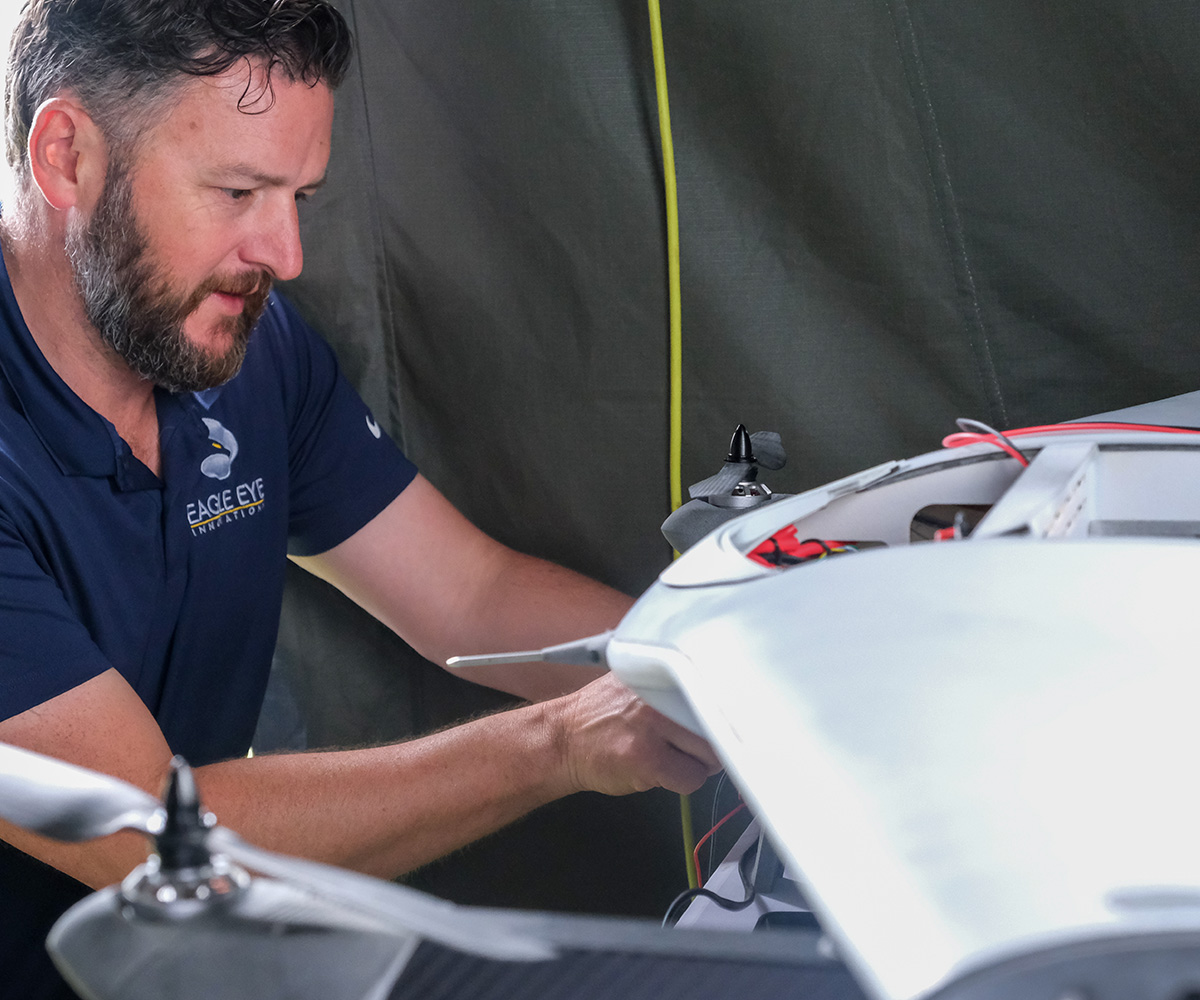
On Mon 3 Mar 2025, the UK Civil Aviation Authority (CAA) published ORS9, Decision 46, setting out the UK Specific Operations Risk Assessment (SORA) methodology as Acceptable Means of Compliance (AMC) to UK Regulation (EU) 2019/947 Article 11. The CAA... Read more
Training
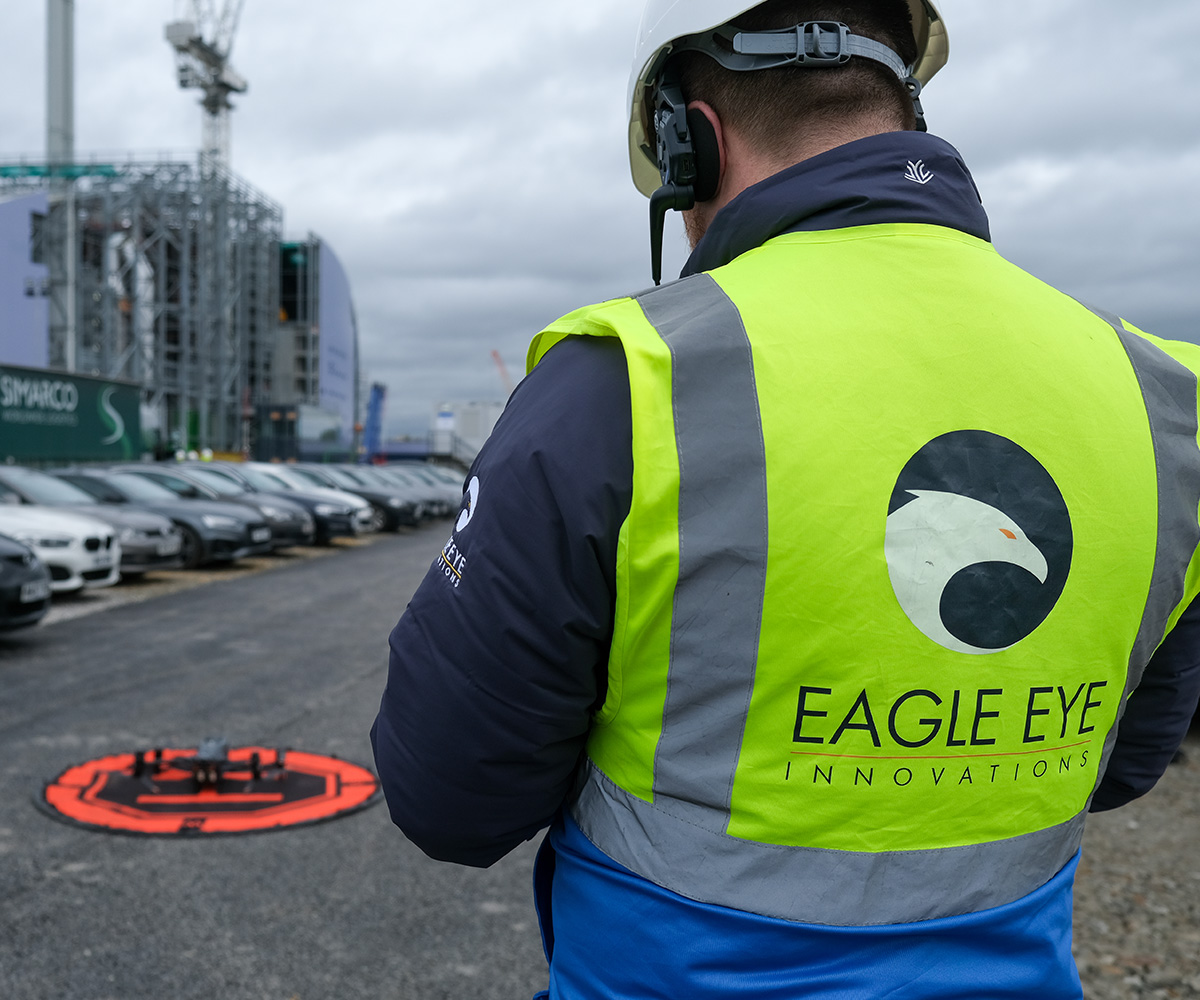
The construction industry operates in a dynamic environment characterised by tight deadlines, complex project requirements, and stringent safety regulations. But how can drones revolutionise onsite operations and safety?
Training

Keeping farms and agricultural sites safe is becoming increasingly important, especially as we head towards the warmer summer months. But always keeping such large areas of land safe traditionally requires increased manpower, spending on security systems and time that those... Read more
Training
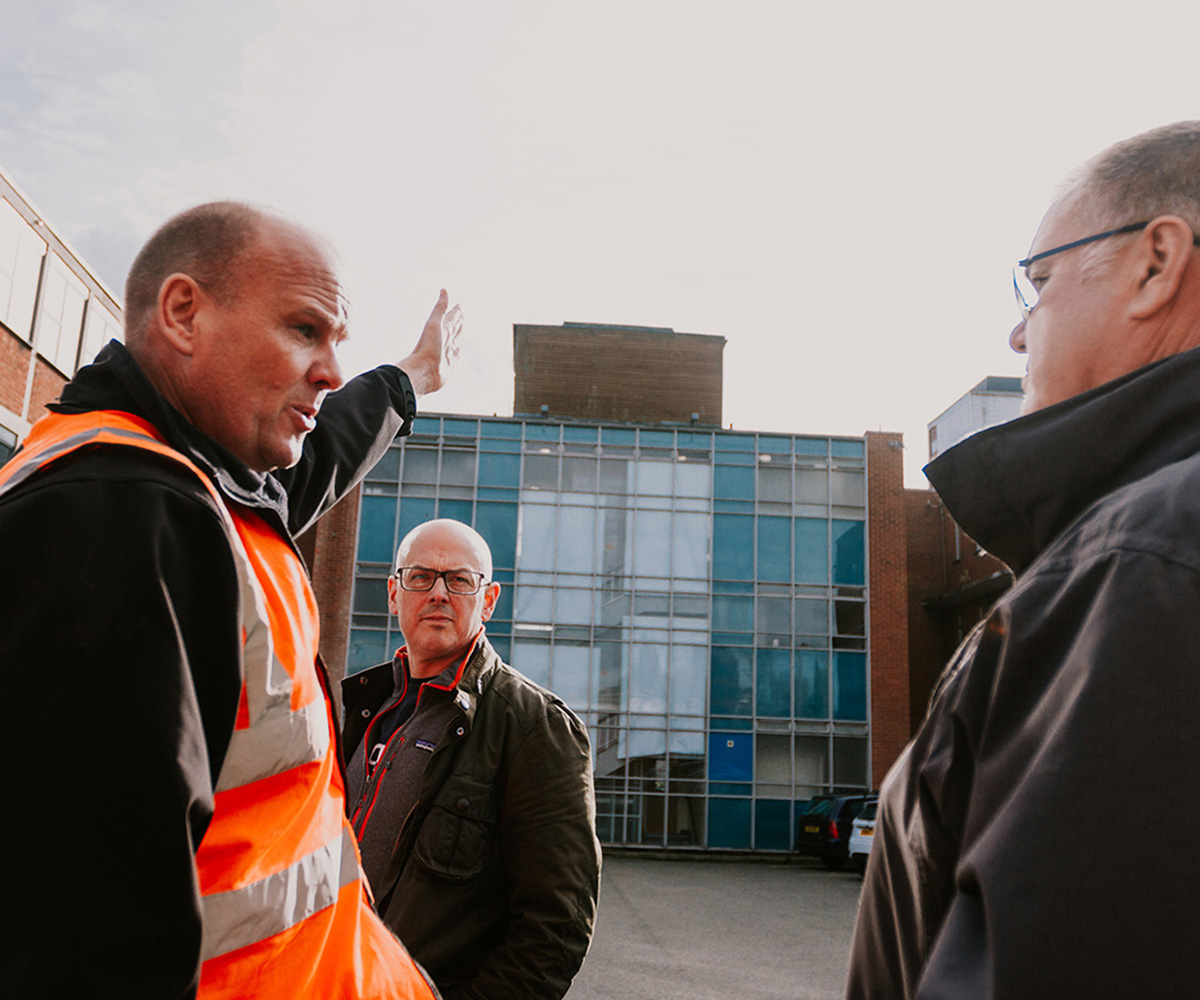
In the rapidly evolving landscape of technology, drones have emerged as versatile tools, transforming various industry sectors, particularly the utilities sector. Drones have fast become one of the best ways of improving health and safety on site, but in order... Read more
Training

Drones are revolutionising various aspects of the UK rail industry, from infrastructure inspections and drone mapping for railways, to emergency repair response. But what are the benefits?
News
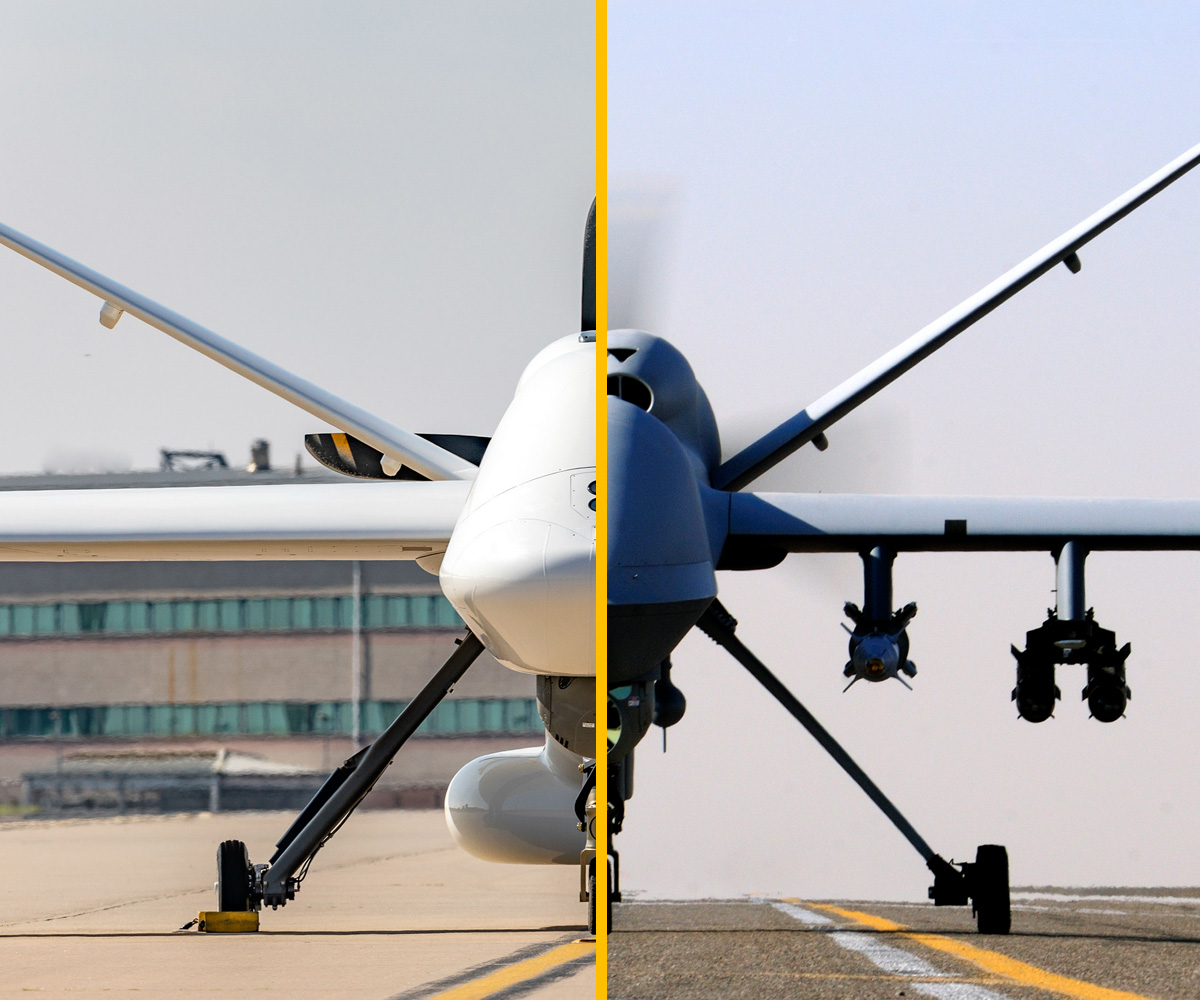
In light of the Protector RG Mk1’s first flight from RAF Waddington, we wanted to highlight the differences in the MQ-9 Reaper and the new MALE platform.